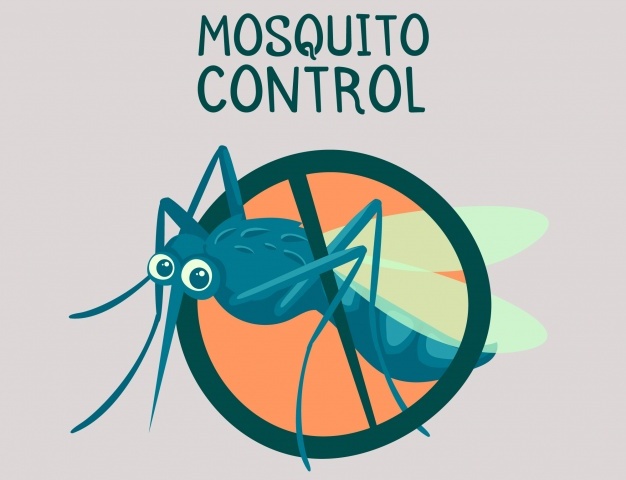Mosquito Management Treatment
Mosquito control can be divided into two areas of responsibility: individual and public. Most often it's performed following the Integrated Mosquito Management concept.This is based on ecological, economic and social criteria and integrates multidisciplinary methodologies into pest management strategies that are practical and effective to protect public health and the environment and improve the quality of life. IMM strategies are employed in concert with insecticide. These include source reduction, which incorporates physical control (digging ditches and ponds in the target marsh).
Anti-larval measures are the main stays in mosquito control and include the following:
Preventing egg laying
The easiest, cheapest and most environment-friendly method to control malaria is by preventing the mosquito from laying eggs. This is done by avoiding or eliminating the clean water collections. Most such collections are artificial, temporary and man-made. It is common habit to throw the unutilized utensils, buckets, bottles, tyres, tender coconut shells etc. into the open. During the rains, water gets collected in these containers and provides ample breeding locations for the female anopheles mosquito. In the cities, the other sites for mosquito breeding are the water tanks. Shortage of water supply in large cities makes it necessary to have these tanks in virtually every building. Overhead tanks, sump tanks, storage tanks, ornamental tanks etc. are often left uncovered and this provides scope for mosquito breeding.
Mode of Treatment
The treatment will be based on preventive control, which is aimed at controlling fly breeding points within your compound area. Space sprays, residual insecticide treatment will be applied outdoors. All breeding places, external periphery and sewers/drains will be covered. The control measures would be:
- Residual spraying treatment
- Baiting treatment
- Identifying the source of entry and treating the harbourage areas
